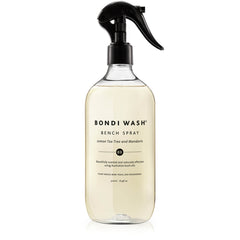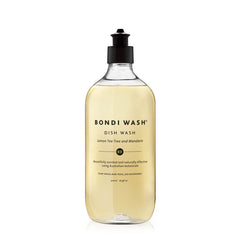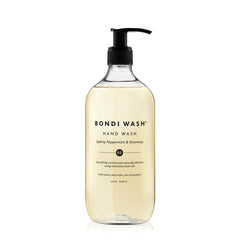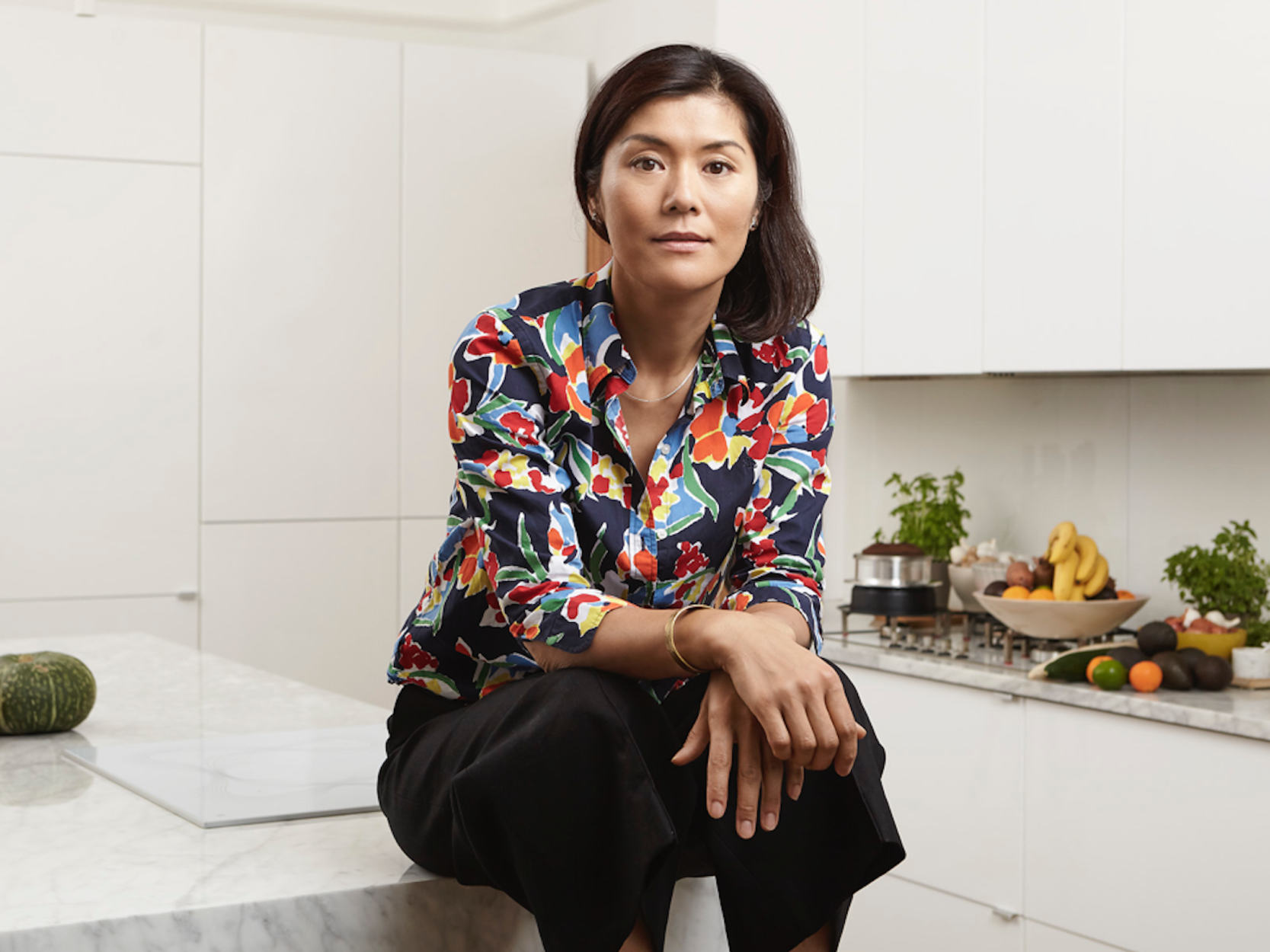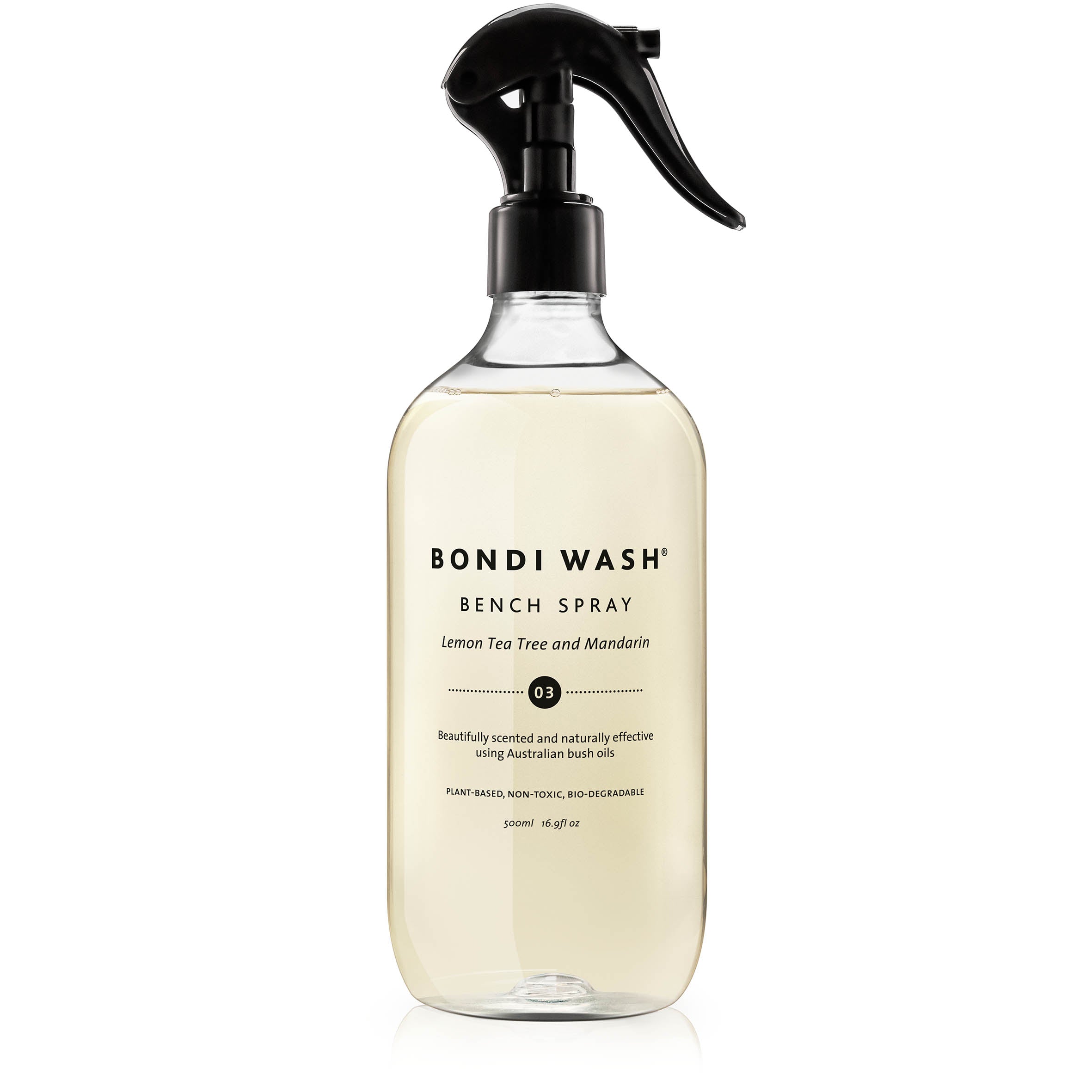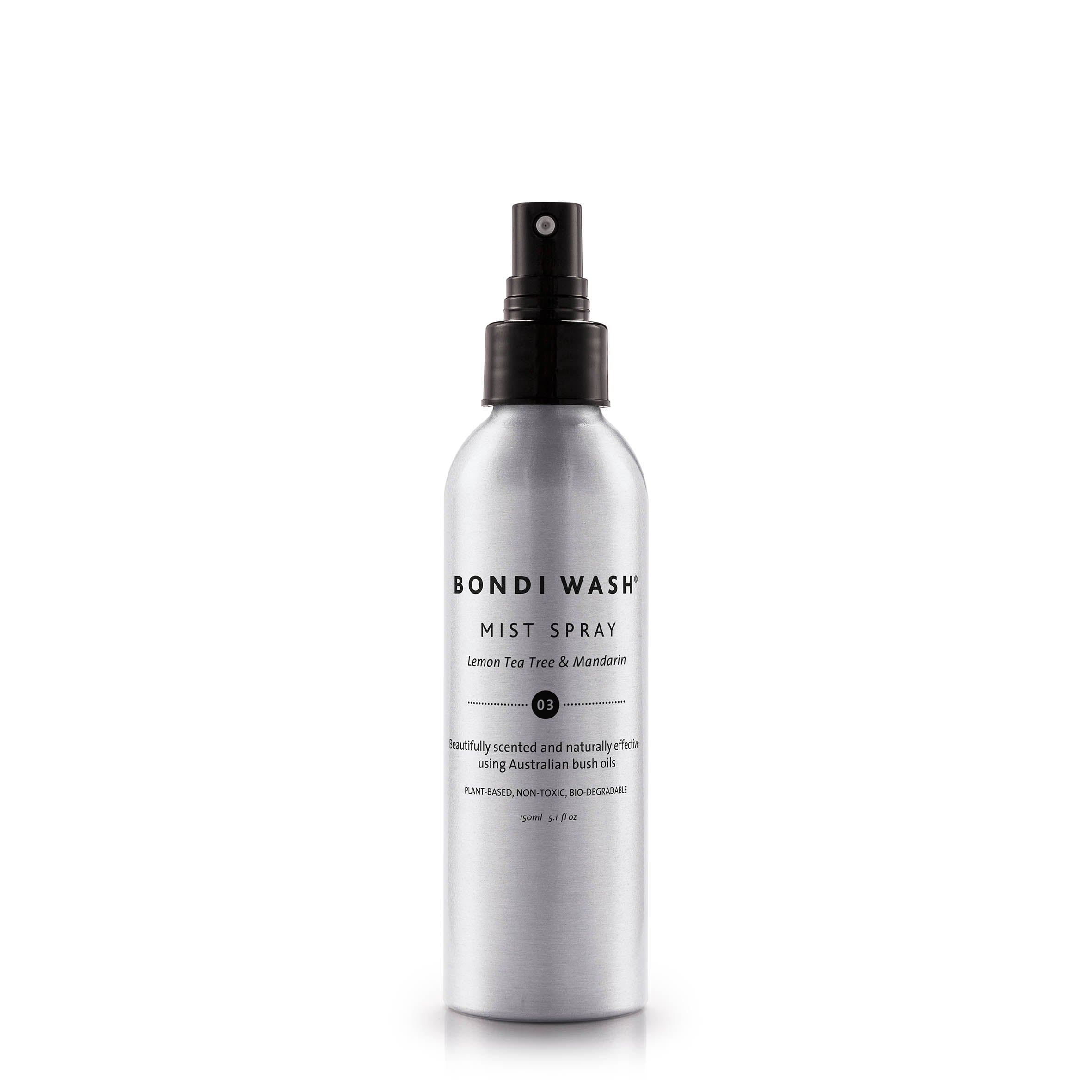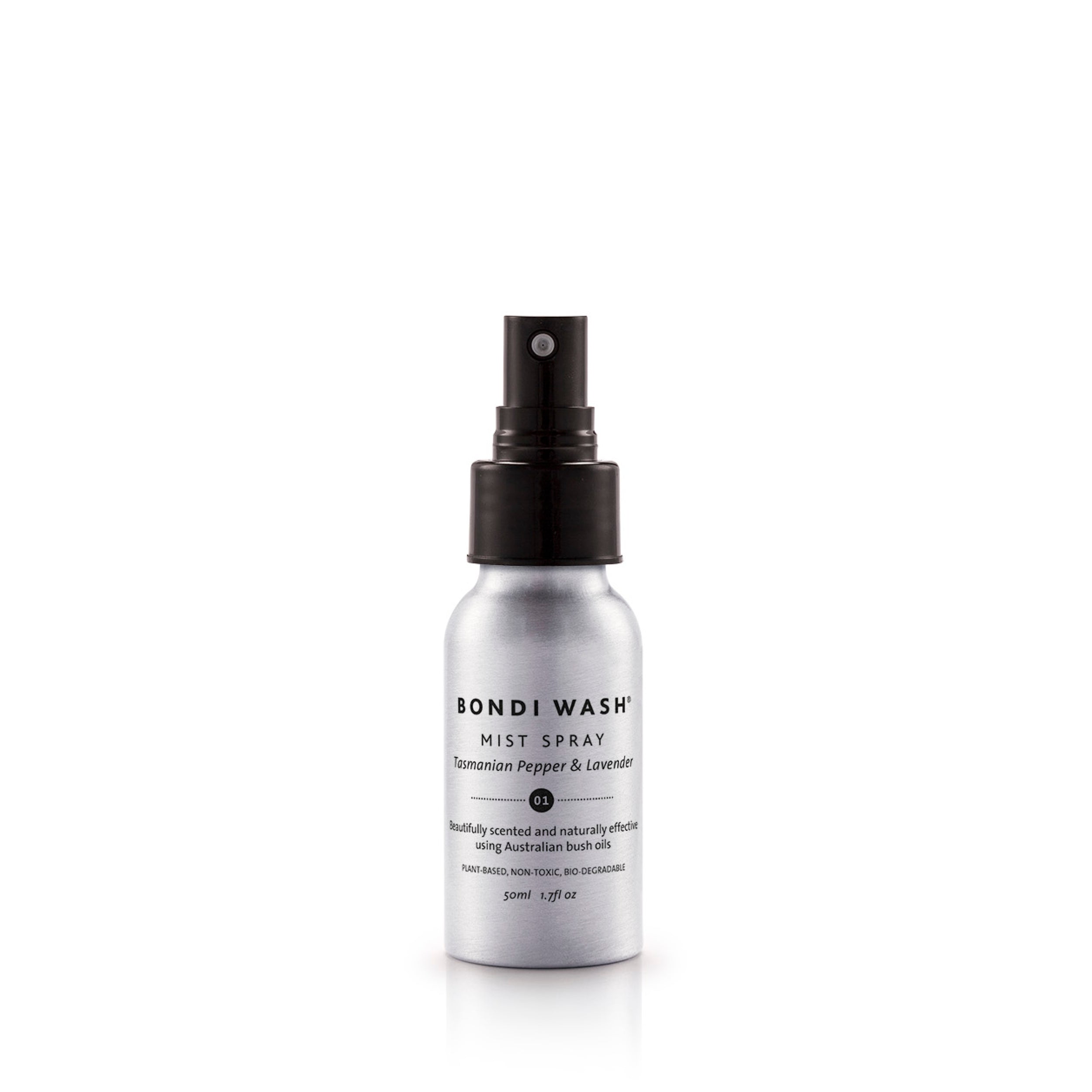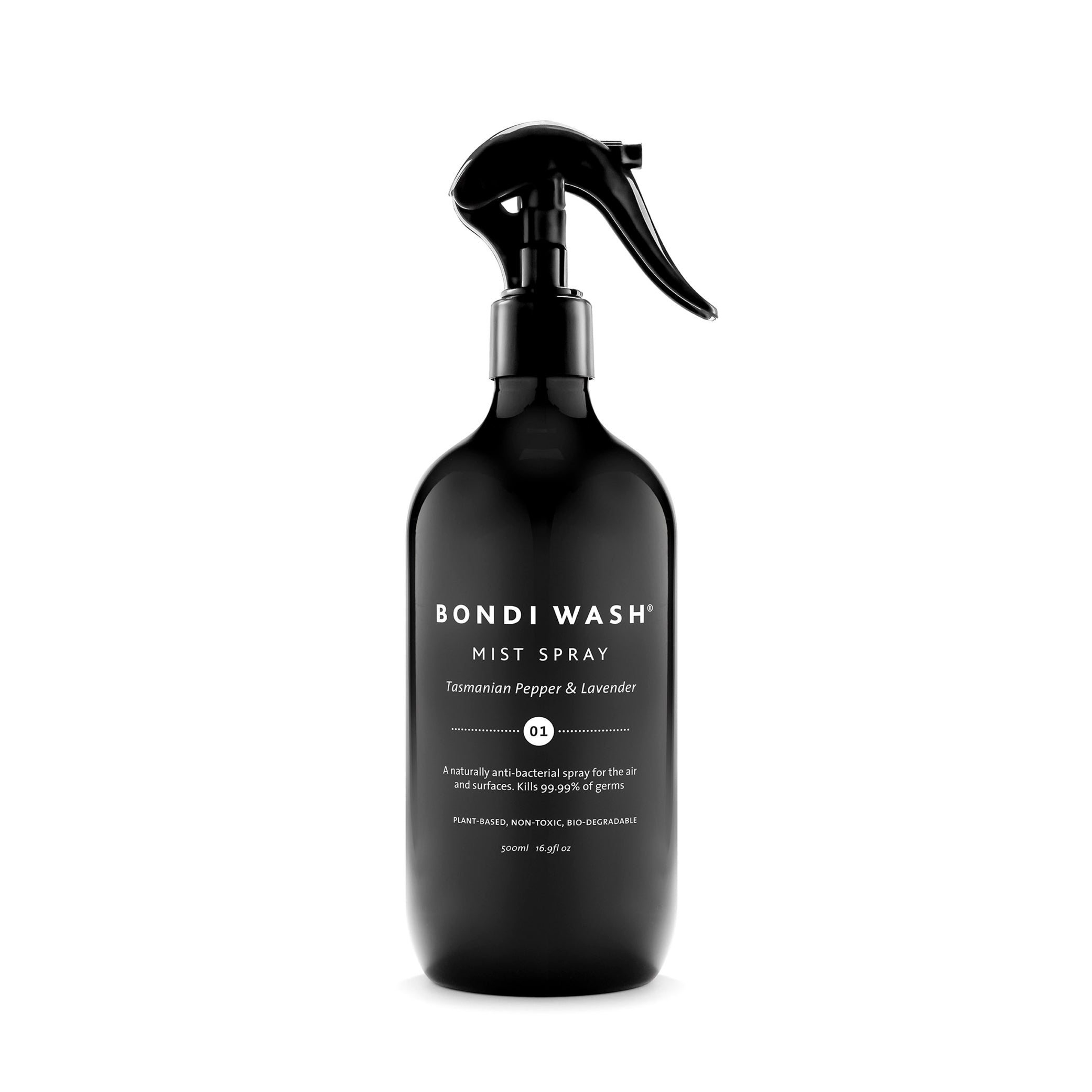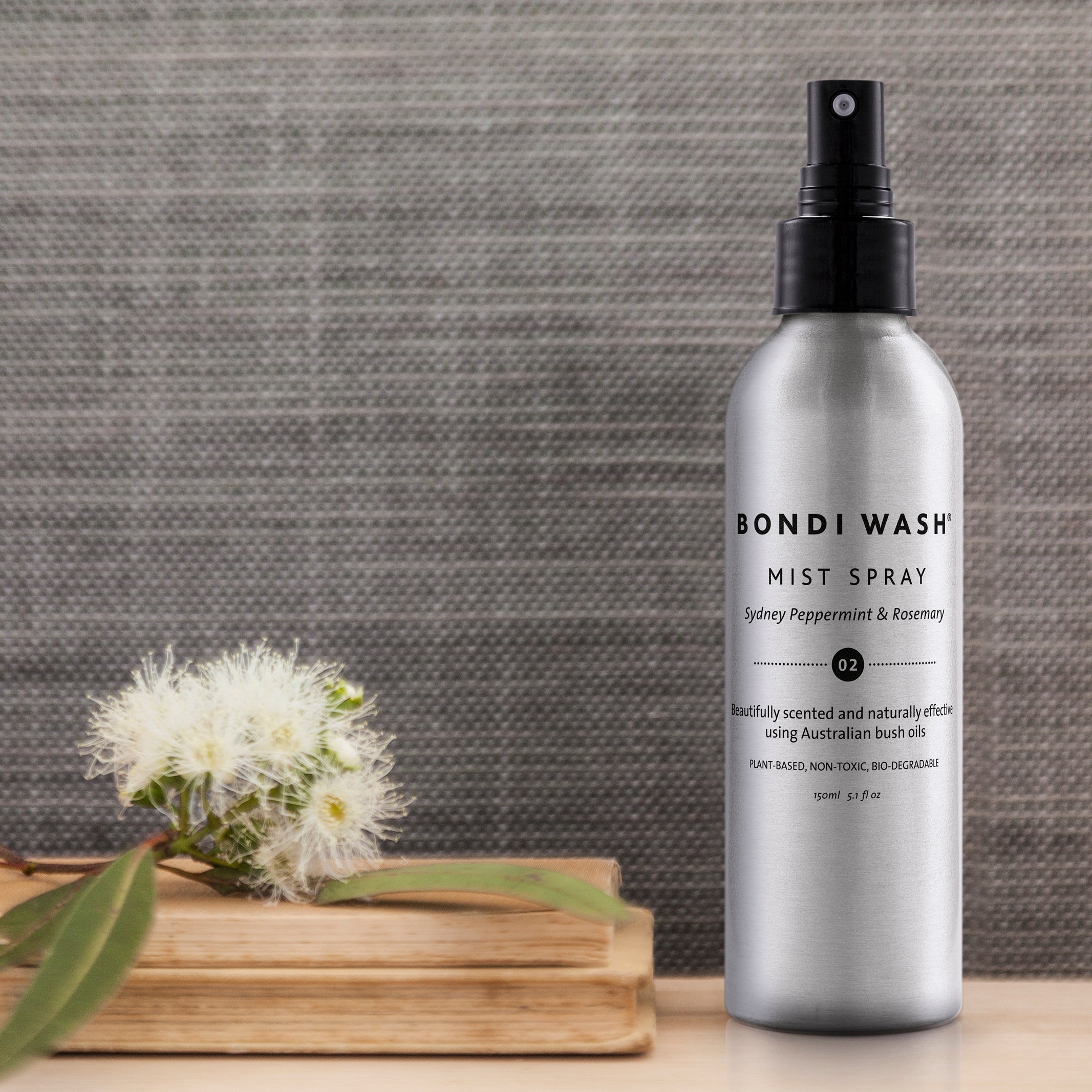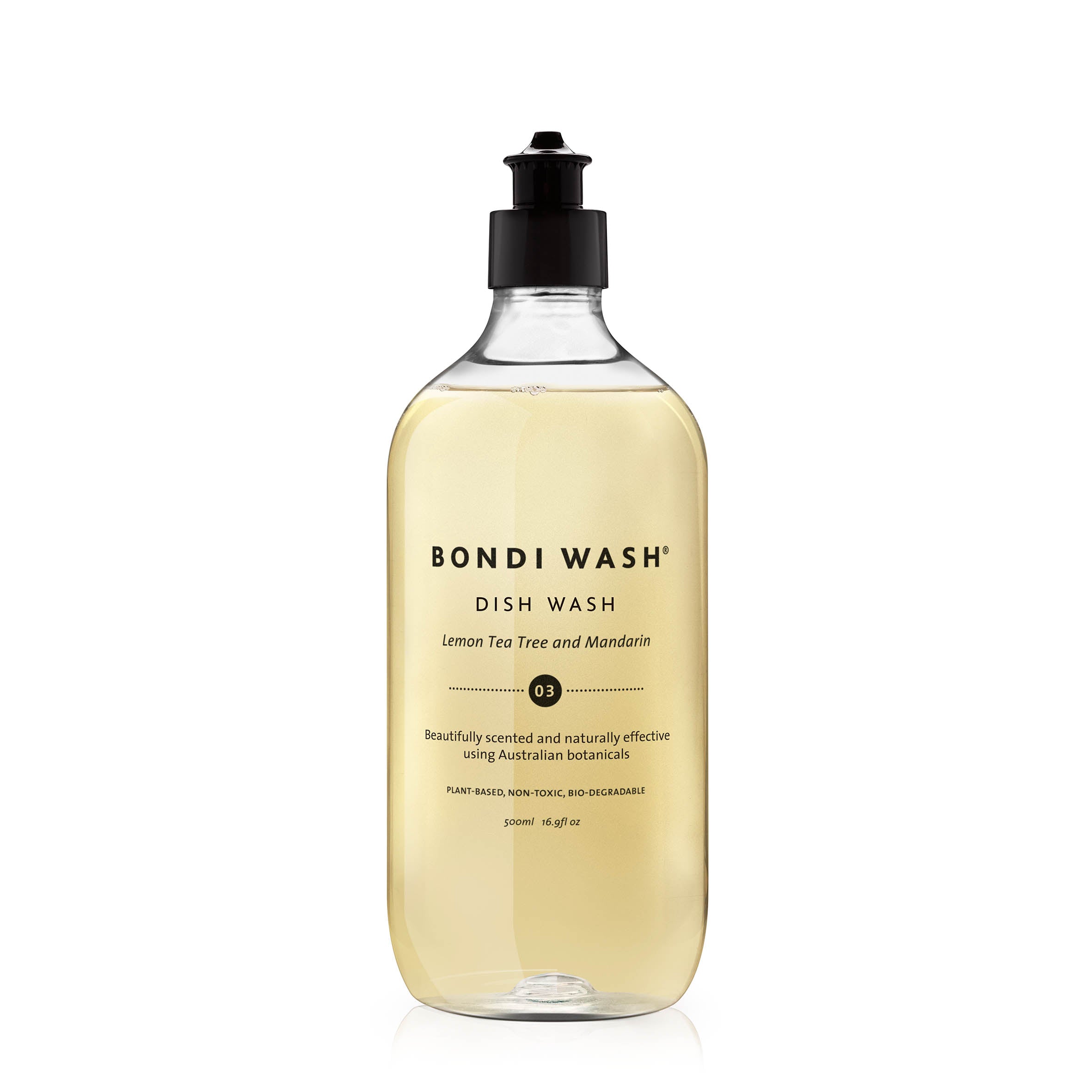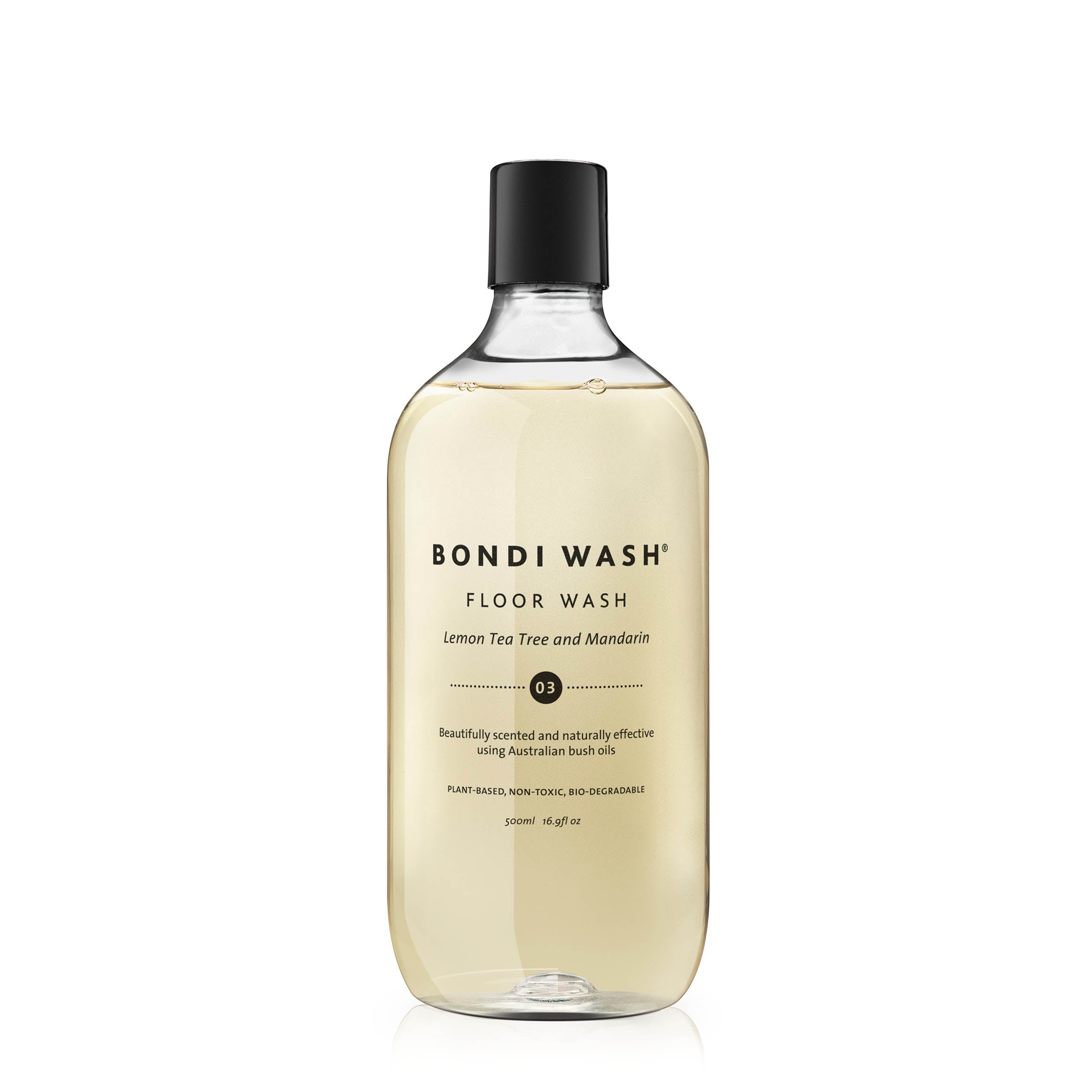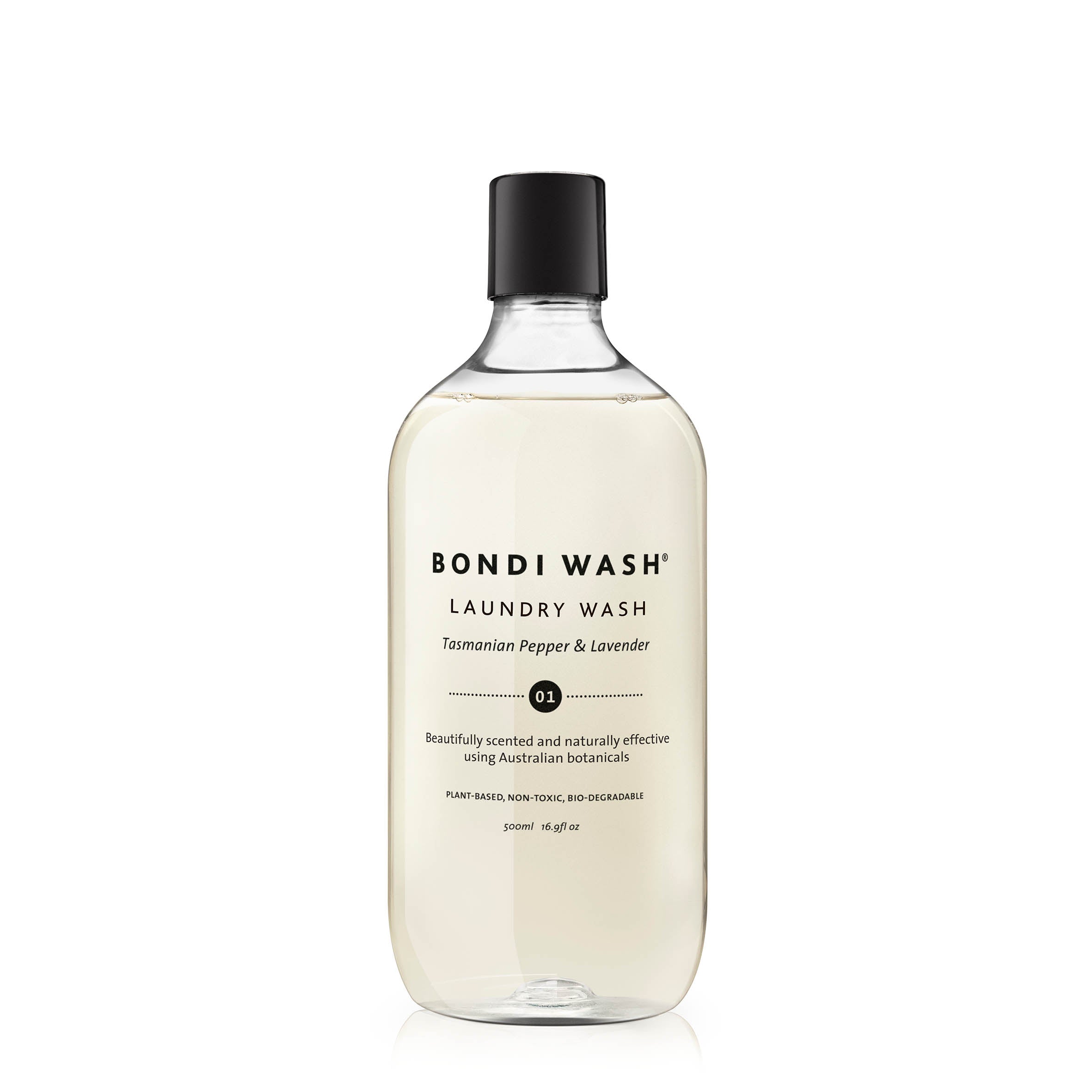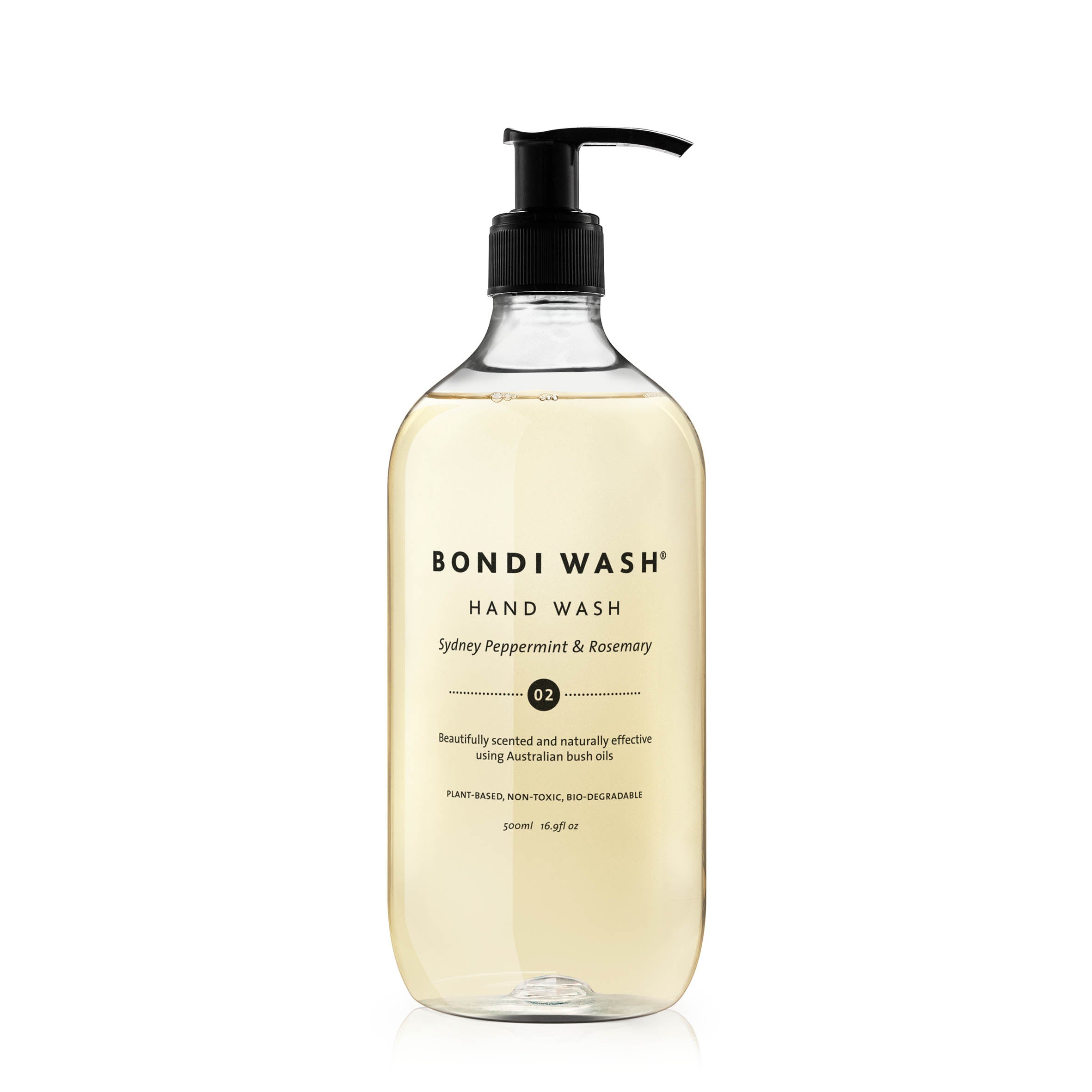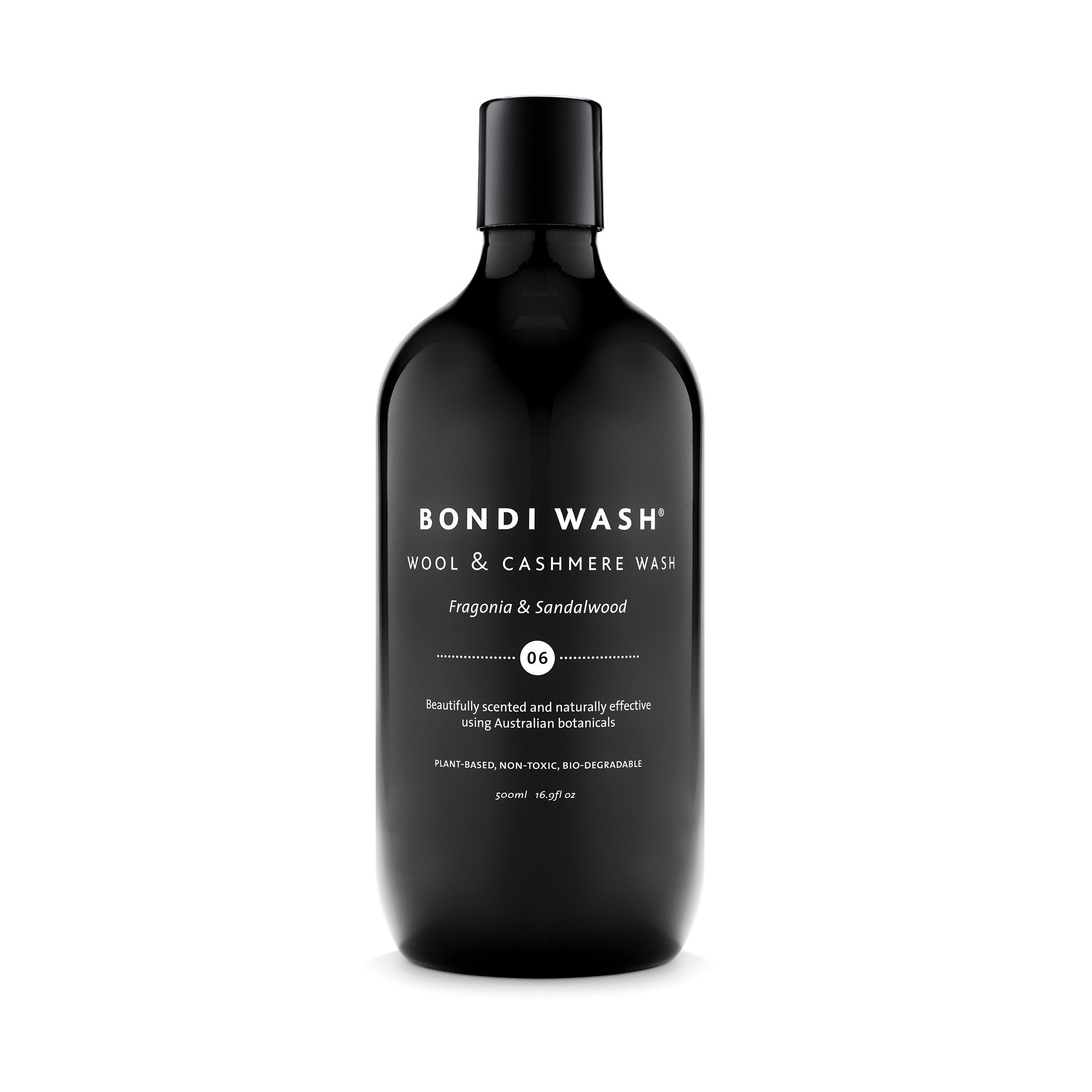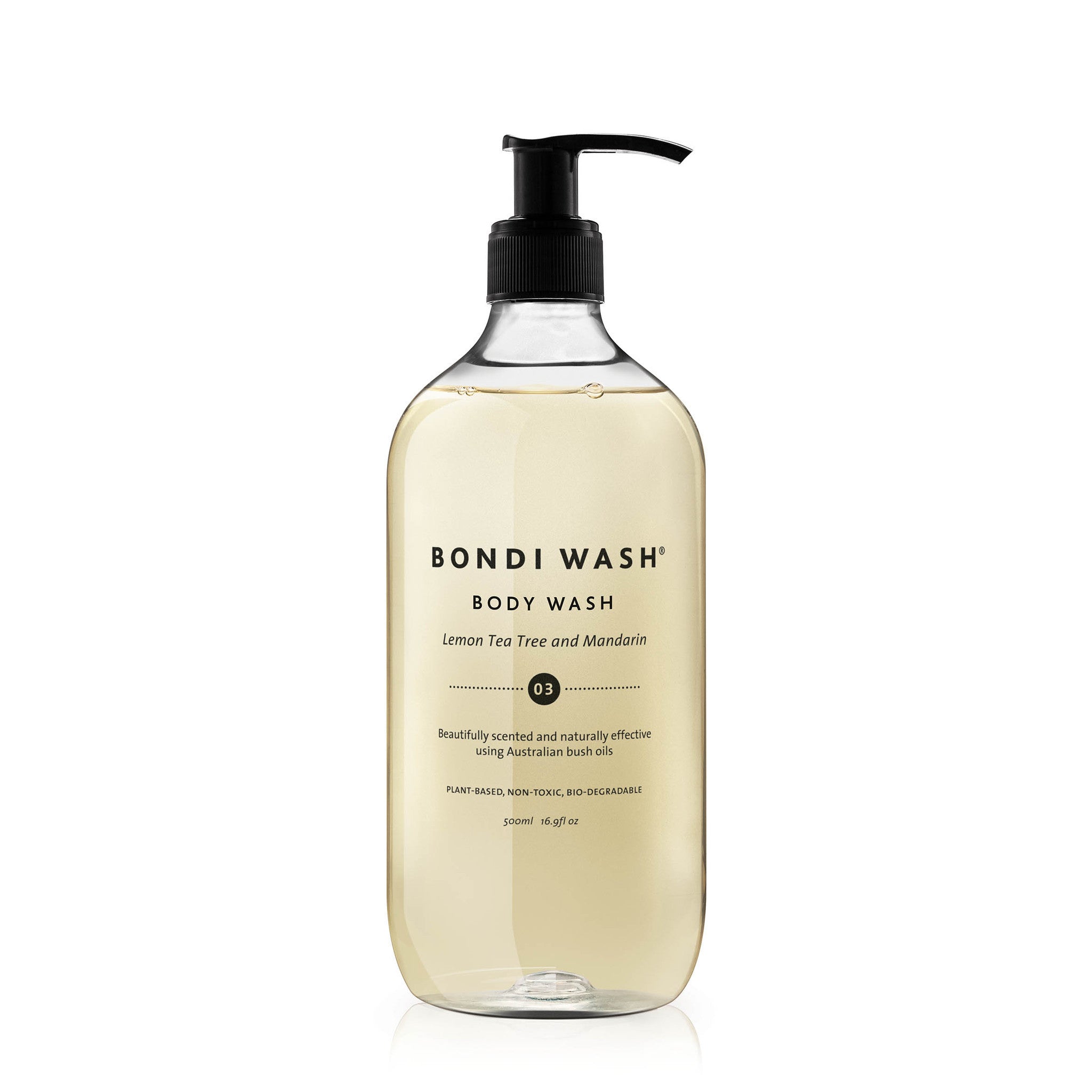Yuki Gomi, Japanese chef, food writer, cooking teacher - and perfumer - was born in Japan, close to Mount Fuji. Her mother was the one who instilled the virtues of well prepared food since the early age. Yuki specialises is helping people learn the skills of Japanese cooking so they can make their own at home.
How did the idea of ‘Yuki’s Kitchen’ come to life? I started Yuki's Kitchen after teaching a private client for several weeks in the South of England, it became clear from her and the interest from her friends, that there was a real demand from people wanting to learn how to cook Japanese food, simply at home. The surprise often with sushi, is that there are so many types that can and are regularly made at home. This idea, for a simple, easy approach style of sushi, led to Sushi at Home, my first book. The recipes now form the basis of a series of classes I teach, such as Let's Roll, an introductory sushi class.

How do you pick your ingredients and what are the ‘must have’ of your kitchen? Miso. Of course soy sauce is one of the most important and commonly used Japanese ingredients but miso has such variety, according to region, colour and its maker. I love miso and I make my own miso every year in my workshops. Home-made miso is so much better than the mass produced versions you find in the supermarket and also has higher health benefits too. I also enjoy introducing and thinking of ways it can be introduced into new dishes and western recipes.
As a part of your creative process you also had the chance to create your very first perfume called ‘Yuki’. How did the project come to life and what role do play scents in your life? It was an amazing project and I enjoyed working with the design and perfume team, in creating the scent. The concept was that 95% of taste comes from the nose. For a chef, scent is vital in the role of flavour.
Can you share with us your strongest scent-based memories (e.g. your grandmother’s jasmine, your first perfume)? My perfume, is based on my memories of scents from my childhood. The base notes are hinoki which is a type of wood found in the Onsen, hot baths. It has a beautiful woody and earthy aroma. The middle note was from the Tatami mats that our house was surfaced with and which I remember playing on as a child. I grew up in an old house, which can be rare in Japan, and it had a beautiful traditional tatami room. I remember the Tatami smell, which is similar to a calm, grass scent. The top note is green tea and Osmanthus flowers. I used to play piano when I was child, I still remember the sweet and fresh aroma from these flowers coming in through the window.

What do you miss the most about Japan? My family of course and being able to go to the Onsens, a hot spring bath which is magical and incredibly revitalising after working hard in the kitchen.
Could you share with us a Japanese recipe that even beginners can try at home?

PRAWNS WITH CREAMY AVOCADO SAUCE HAND ROLL
Make 4 rolls
Ingredients:
- a bowl of cold water for your hands
- 4 cooked prawns
- 1/2 a ripe avocado, toned
- a few drops of yuzu juice or lemon juice
- 2 teaspoons of Japanese mayonnaise; or 1 tablespoon of mayonnaise, 1/4 teaspoon of English mustard and 1/2 teaspoon of rice vinegar
- 1 dash of light soy sauce
- 1 tablespoon of tobiko (flying-fish roe), plus extra to garnish or white sesame sauce
- 2 sheets of nori
- 4 small handfuls (roughly 200g) of sushi rice
- 4 teaspoons of cress
Method
Slice the prawns into small pieces. Peel the avocado, put it into a small bowl and mash it with a fork until it is very smooth. Add the lemon juice or yuzu, mayonnaise, salt and mix well, to make the avocado sauce. Add the tobiko and prawn and mix gently. You will be able to see some thin lines on the nori seaweed sheets. Following one of these lines, cut each sheet in half with scissors, but be very careful as the sheets break easily. Place a half-sheet of nori shiny side down on your hand, with a short edge closest to you. Wet the fingers of your other hand in the bowl of water, and shake off any excess. Damp fingers help when handling sticky sushi rice. Pick up a small handful of rice (roughly 50g) and quickly spread it over the bottom half of the nori sheet. It does not have to be spread as neatly as the other types of rolls. Place a quarter of the avocado mix diagonally in the middle of the rice, and top with a teaspoon of cress. You can add some wasabi to the middle of the rice before you add the other ingredients, if you like. Bring the bottom corner of the nori that is closest to you over the filling to meet the rice on the other side, making a triangle. You can then roll the plain side of the nori sheet around it to make a nice ice-cream-cone shape. Repeat with the remaining nori sheets and filling ingredients.
BIO
After moving to the US where she studied to become a professional at Cordon Bleu Institute she has been working with famous Chefs Curtis Giszczynski and Mr Sekizawa. Moved to England Yuki has been involved in the creative process of revisiting Japanese cuisine in a new European light – she noticed how Europeans and Americans seemed to be enjoying Japanese food, and after hearing them saying ‘I wish I could make this at home’ she had the inspiration of teaching the skills of making Japanese food.
In 2008 she opened her cookery Japanese school ‘Yuki’s Kitchen’ in the heart of London where she shares the secrets of creating the 5th flavour: Umami. In 2013 Yuki published her first book ‘Sushi at Home’ which is now available in Italian ‘Sushi a Casa Mia’.
Instagram: Yukiskitchen

